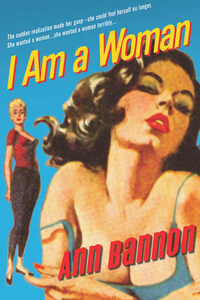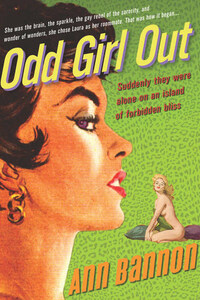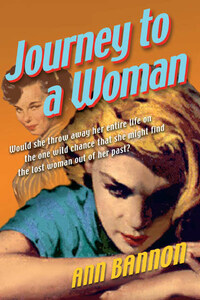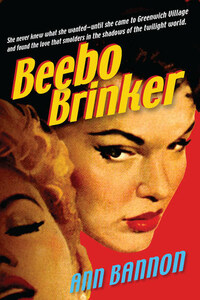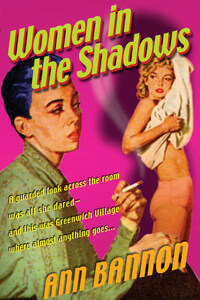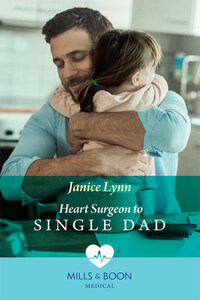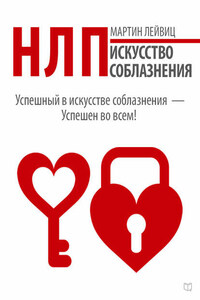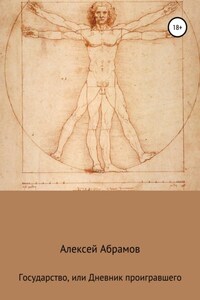Many years ago, when this book was in its final creative stages, I had a lucky invitation to come to New York and finish it in the home of friends of friends. They were young career women, living in a very small apartment in a very old building on the Upper West Side of Manhattan, near Columbia University. Luckier still, they were on the top floor, and in the hallway outside their front door stood a dubious flight of stairs that took one to the roof. There I repaired when I got stuck, or the typewriter fought back, or the coffee ran out, and gazed out at marvelous Manhattan. I especially liked going up there after dark, when the great city was spread out like a carpet of sparklers, brilliant with promise. I had just invented Beebo Brinker for this book, and with the intensity of youth, I imagined her real-life counterpart out there somewhere, down in the Village going about her business, while I, on my roof, was trying to capture her story. I spent a fair amount of time leaning on the crumbly old parapets, staring deep into the lights and wondering if there were a real Beebo on this planet. If there were, would I ever meet her? Would she be like the woman I had contrived out of sheer need so she would at least exist somewhere in the world, even if only in the pages of my book? Was there anybody like her anywhere? Big, bold, handsome, the quintessential 1950s buccaneer butch, she was a heller and I adored her.
Not once did it occur to me to wonder if other people would ever know or care about Beebo Brinker. Not once did I ask myself if other women would fall under her spell, if readers would be amused and engaged by her, if she would develop a life of her own that would carry her across the decades until I would find myself sharing her with the rest of the world. What I wanted to know was, Would she be there for me, more real than reality? Would she rescue me from the frustration and isolation of a difficult marriage, from the impatience to be my own person before circumstances made it possible, from all the personal needs deferred in the interests of cherishing my children and finding my way in this life? It was a lot to dump on a fictional character. But she was my creature, my fantasyâand once conceived, she stood up and, with her broad shoulders, helped me lift my burdens.
Up there on that long-ago rooftop, I didnât foresee Beeboâs future, but I did try to glimpse my own. Looking out at all those bright electric blooms spread at my feet, I pondered, If each one were a reader, how many would remember the name of Ann Bannon? Would I ever come back to Manhattan some day to acclaim? Reluctantly I acknowledged the realities: I was writing paperback pulp fiction. The Beatles had yet to glamorize the âPaperback Writer.â The stories were ephemeral; even the physical material of the books was so fragile that it hardly survived a single reading. The glue dried and cracked, the pages fell out, the paper yellowed after mere months, and the ink ate right through it anyway. The covers shouted âSleaze!â The critics ignored the books in droves, and âseriousâ writers were going to the hardback publishers. Of course, we did have readers. People were grabbing the pulps off drugstore shelves and bus station kiosks, and reading them almost in a gulp. But then they tossed them in trash cans and forgot them. Given this precarious bit of fleeting notoriety, I had not yet even mustered the courage to acknowledge my authorship to friends and family, much less to the public. No, there was no immortality here for Ann Bannon.
So I worked on I Am a Woman under no illusions about the prospects for enduring fame. That I am sitting down to share this with my readers forty-five years and five editions later is a true astonishment. But the perdurable appeal of the butch-femme dichotomy is not. It has, however, undergone some interesting changes.
When I was writing I Am a Woman, the unquestioned role choices open to lesbians were two: butch or femme. As Robin Tyler has observed, even if you werenât sure which one you were, you wanted to be butch, because they didnât have to do the dishes. Well, maybe it wasnât that simple for everyone, but women generally were not nearly as experimental with those roles as they later became. Butches were strong, tough, heroic, romantic. They fought battles in back alleys over femmes and were quite capable of ruling the roost. The femmes, by contrast, could be more girly; some were, in a way, early examples of âlipstick lesbians.â They might appear seductive, compliant, even pretty. It was almost a mirror image of mainstream society: the guy-gals and the gal-gals. It was exciting, sexy, and dramatic. But it was also confining, and as the Womenâs Movement unfolded in the â60s and â70s, it began to seem rigid and outdated. This was no way to run a romantic partnership, with one member always on top, one always on the bottom.
